The great classical tectorucians, such as Suess, Argand and Wegener, attempted to understand, without the benefit of the plate tectonic theory, the workings of the Earth engine as a whole, and the part that deformation played in that whole. In my student days, I derived great pleasure and benefit from De Sitter's textbook on structural geology where the study of geological structures and major Earth structure received more or less equal treatment. Since then, until relatively recently, there has been a tendency for structural geology to become more parochial and inward-looking, despite the enormous advances in understanding that the plate tectonic revolution has brought about. I have long felt the need, therefore, for a book that would give students a tectonic overview in which geological structures and deformation could be seen in their context as byproducts of the plate tectonic system.
This book attempts to integrate structural geology and plate tectonics (often taught quite separately) by dealing with the theoretical background knowledge necessary to understand plate movements and plate interactions. Thus the mechanical properties of plates, sources of stress and stress distribution in the lithosphere, and the causes of plate motion, are examined first, followed by a discussion of the kinematic aspects of relative plate movements and interactions.
The second part of the book deals with some modern case studies -examples where presentday structures can be related with some degree of confidence to plate movements, such as the Central Asian collision zone, the Lesser Antilles subduction zone in the Caribbean, and the Rhine -Ruhr rift system. These are discussed in terms of four main types of plate tectonic regime: divergent, convergent, strike-slip, and intraplate.
In the third section of the book, examples of classical orogenic belts, of both Phanerozoic and Precambrian age, are discussed and interpreted in the light of the principles established in the earlier chapters. Thus the Alps are discussed in terms of African -European plate interactions, and the Cordilleran orogenic belt in terms of Mesozoic subduction and subsequent strike-slip collage tectonics. A more speculative approach is necessary in the Precambrian examples, where the differing tectonic styles of, for example, the mid-Proterozoic Grenville Province and the Archaean greenstone belt terrains may reflect genuine differences in lithosphere behaviour.
The book is aimed at readers who are already familiar with the basic principles and nomenclature of geotectonics and structural geology, who understand plate tectonic theory and its supporting evidence, and who are familiar with its central role in modern geology.
In order to keep the book to a reasonable length, I have deliberately concentrated on the role of geological structure in plate tectonics and resisted the temptation to include more than passing reference to other relevant topics, such as petrogenesis.
Finally, I am indebted, firstly, to two anonymous reviewers who read the first draft of the manuscript and made a number of helpful suggestions for its improvement; secondly, to the many authors who have allowed me to reproduce diagrams from their published work (these are individually acknowledged in the figure captions); and thirdly, to my wife, friends and colleagues who have borne with me through the trauma of the writing of this work.
To those structural and
tectonic geologists who, through their stimulating lectures and, papers have nourished
my interest in geotectonics over the years, and provided the motivation to write
this book


















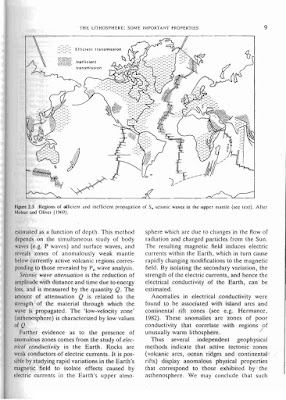













































































































































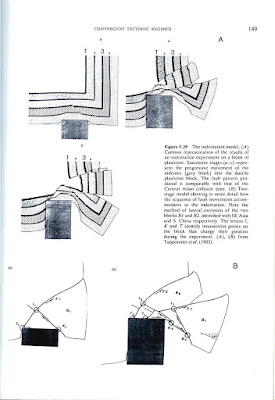




























































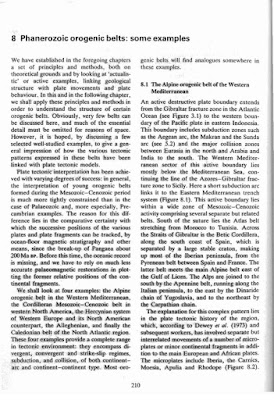











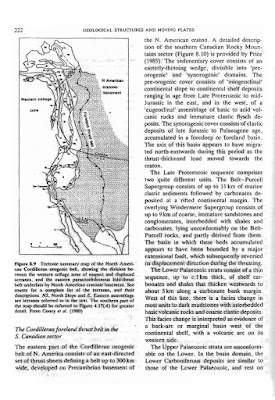

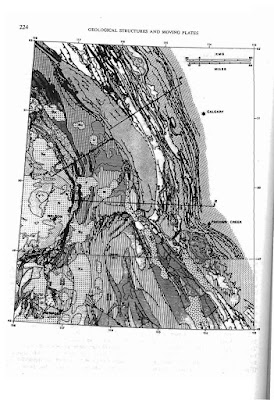
















































































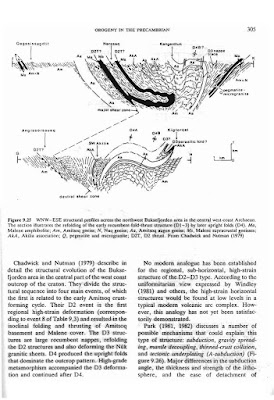




































No comments:
Post a Comment